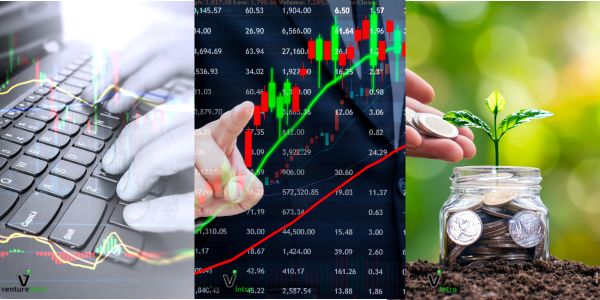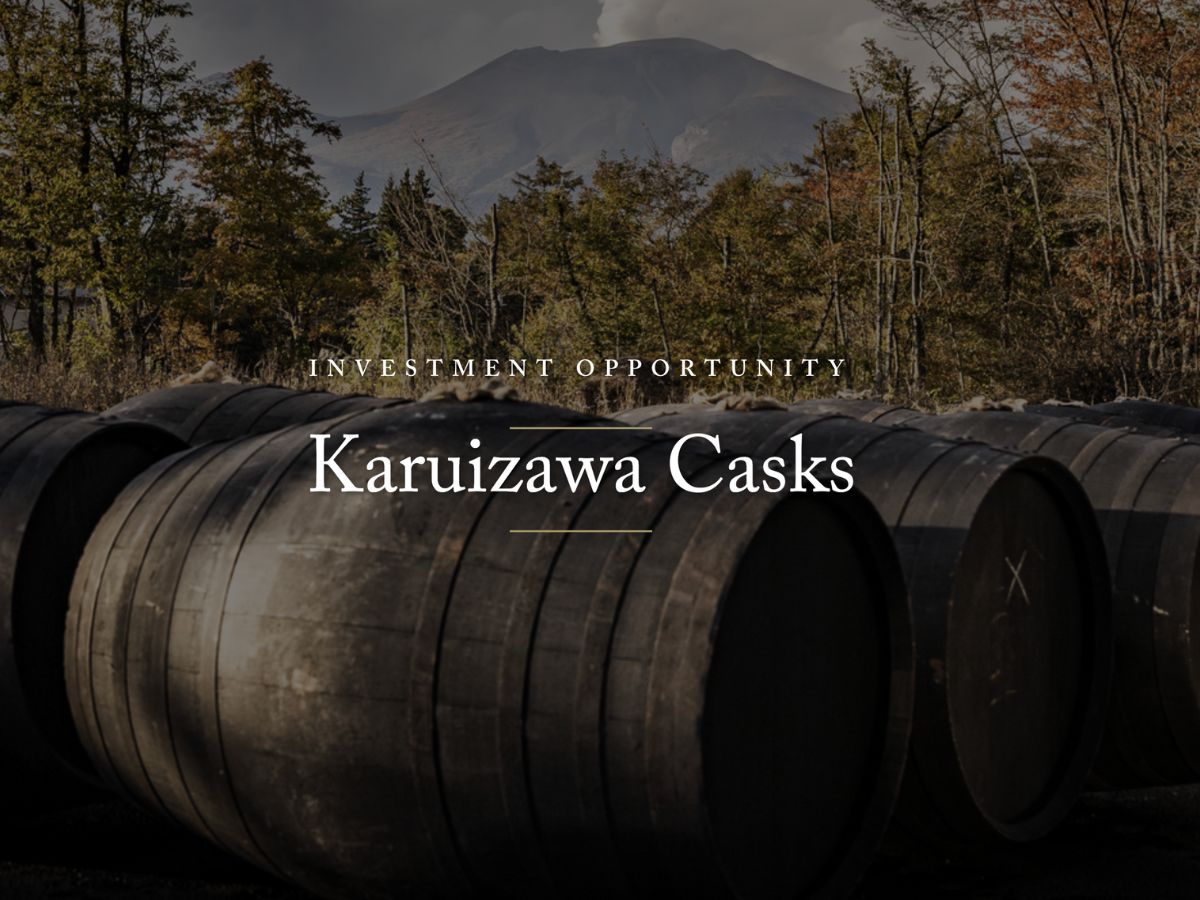
Merger and Acquisition Valuation Expert
Navigating the Complexities of Mergers and Acquisitions: A Guide to Valuations
Introduction: In the intricate world of mergers and acquisitions (M&A), understanding the art and science of valuations is pivotal. For businesses considering a merger or planning to buy or sell a company, accurate valuations are the bedrock of negotiation and the key to a successful transaction. A company specializing in M&A must master various valuation techniques to ensure that all parties involved recognize the true worth of the business in question. This article delves into the crucial aspects of M&A valuations, providing insight into determining selling prices, offer prices, and ultimately bridging the valuation gap. Also, understanding the mark the company is in, as well as what it may take to move to a different status for higher multiples like tech or innovation.
The valuation process in M&A
Valuations:
The valuation process in M&A is a multifaceted exercise that requires thorough analysis and strategic foresight. It’s not just about numbers; it’s about understanding what those numbers represent. Valuations set the stage for negotiations and can influence the trajectory of the deal.
Selling Price and Offer Price:
The selling price and the offer price are often the starting points of any M&A conversation. While the selling price is the amount the seller hopes to receive, the offer price is what the buyer is willing to pay. The delicate balance between these two figures can be navigated through detailed valuation models that consider both the intrinsic and equity values of the business.
Valuation Multiple and Business Valuation:
Valuation multiples provide a quick and effective way to compare a company against its peers. By examining earnings before interest, taxes, depreciation, and amortization (EBITDA), or other financial metrics, M&A experts can arrive at a business valuation that reflects the company’s performance and potential.
Business Appraisal and Fair Market Value:
A comprehensive business appraisal goes beyond the surface to analyze the fair market value, which is the price at which an asset would sell under normal market conditions. This involves a deep dive into financial statements, market positioning, and future earnings potential.
Closing the Valuation Gap:
A common challenge in M&A transactions is the valuation gap, where there is a discrepancy between what the buyer is willing to pay and what the seller expects to receive. Closing this gap requires a strategic approach, often involving adjustments to the valuation model or reevaluation of the intangible assets and goodwill of the company.
Valuation Model:
Valuation models, such as discounted cash flow (DCF) analysis, are essential tools used to determine the present value of an investment based on its expected future cash flows. These models are integral to capturing the intrinsic value of a company, which reflects the perceived true value of the business based on both quantitative and qualitative analyses.
Intrinsic Value and Equity Value:
Intrinsic value is an estimation of a company’s true value based on an underlying perception of its true value, including all aspects of the business. Equity value, on the other hand, is the value of the company’s shares and interests to the shareholders. Both are crucial for understanding the financial standing of a business during an M&A transaction.
Intangible Asset Valuation:
The valuation of intangible assets like patents, trademarks, and brand recognition is often complex but essential, especially in today’s knowledge-driven economy. These assets can significantly affect the overall value of a business and must be accurately assessed during an M&A deal.
Merger and Acquisition Valuation:
The M&A valuation process is a comprehensive assessment that includes not just the valuation of tangible and intangible assets but also synergies that the merger could bring forth. This holistic approach including industry norms and caluators, ensures that all potential growth avenues and cost-saving opportunities are factored into the valuation.
Goodwill Valuation:
Goodwill arises when a company acquires another for a price higher than the fair value of its net identifiable assets. Goodwill valuation is subjective and often involves forecasting future benefits from the acquisition, such as an expanded customer base or enhanced brand reputation.
Valuation Analysis:
A robust valuation analysis is the backbone of any M&A transaction. It involves a thorough review and scrutiny of all valuation methods applied, ensuring that they reflect the true picture of the company’s worth and prospects.
Conclusion: I
In the dynamic landscape of mergers and acquisitions, precise valuations are the currency of successful deals. A specialized M&A company must be adept at conducting comprehensive valuation analyses to offer the most advantageous outcomes for their clients. By understanding the intricate details of various valuation methods, from appraisal to goodwill valuation, such a firm can confidently guide its clients through the complexities of M&A transactions, ensuring clarity, fairness, and strategic alignment with their long-term business goals. Start with our Business Valuation Calculator
 Mergers and acquisitions business valuations request
Mergers and acquisitions business valuations request
- My Funded Futures - April 16, 2024
- Day Trading Books - April 3, 2024
- Four common types of changes and trends that can offer Business Opportunities? - March 24, 2024







